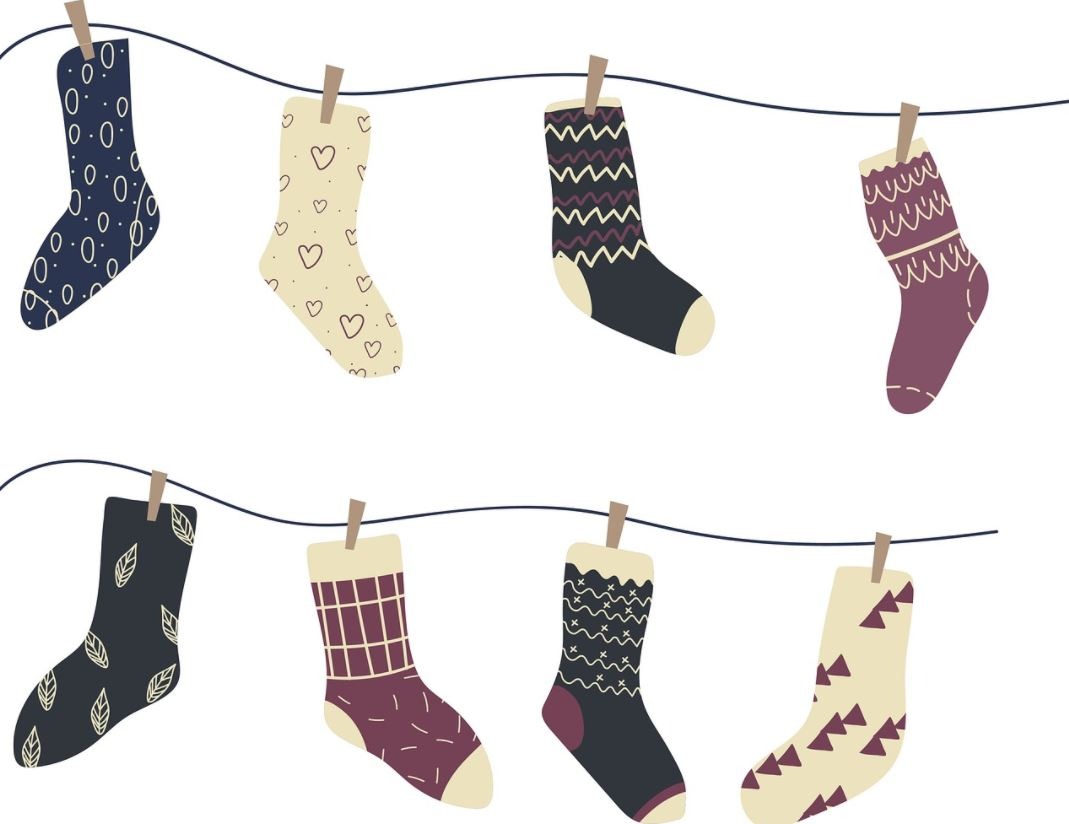Women benefit greatly from compression socks. Active women in our society can be plagued by edema to the lower legs, for a multitude of reasons, and even early in life for many women.
Swollen Ankles, Feet, or Lower Legs
Edema in the lower legs, ankles, and feet is a common problem in women of childbearing age and up. (See below for this issue in pregnancy.) As we age, edema in the ankles and feet might be caused by more serious problems than just an especially hot day or fluctuations in hormones during the menstrual cycle. Establishing why the lower legs/feet are swollen is essential if it is a new thing, or if it won’t go away when in the past it did.
Problems with the circulatory system might be to blame, and it needs to be investigated more. Edema is also associated with other issues such as diabetes, so it is essential to get regular check-ups, or at least get examined upon the onset of this kind of swelling.
After a doctor has determined that compression socks are of benefit to edema, taking care to make sure the compression socks fit correctly is essential. Daily examination of the feet, looking for ulcers or breaks in the skin is important. If they seem too tight after a weight gain or just after starting use, a larger pair might be needed. If there is any change in skin color, sensation, temperature, or other concerns it is wise to stop use until a practitioner is consulted. Usually, the fit can be adjusted with a larger size.
Varicose Veins and DVT Prevention
One of the most life-threatening problems that compression stockings or compression socks for women tackles is DVT (Deep Vein Thrombosis). This life-threatening condition is caused by the pooling of venous blood in the legs, usually the lower legs. When pooling leads to clotting of blood in the veins of the leg, the resulting clots can break off and lodge into vital organs, causing major, life-threatening problems or death.
Wearing compression socks is an easy way to prevent this from happening. It happens most often after long flights, when someone is bedridden or sits most of the day, or after major surgeries. Being especially vigilant during these times is a great idea, and usually, your doctor will address this (especially if you have scheduled major surgery). That said, the preventative wearing of pressure socks may prevent more DVTs than most other measures that are easily taken at home.
Varicose veins aren’t usually a life-threatening problem, but they are painful. The constant, steady pressure of a compression sock over problematic, painful veins is of great relief to many people. Varicose veins are suffered by both sexes but are more prevalent in women.
Due to higher levels of progesterone, spider veins and varicosities are more common in women, and therefore the treatment of the painful veins is more often a question that women have. Luckily, some relief is possible with compression socks – a product that has never been cheaper or easier to obtain. There is some documentation to show that wearing compression socks can actually slow or decrease the incidence of varicose veins when worn regularly.
Pressure Socks or Stockings In Pregnancy
In pregnancy, some of the hormones that are released, along with the uterine stretching that places weight on the vena cava, causes the leg veins to become varicose veins in a lot of pregnant women. Also be sure to consider using a sock helper as well.
Swelling in the lower legs and feet is often a complaint during pregnancy as well. It is essential to report new swelling to an obstetrician/gynecologist during pregnancy, as it is a common sign of Pre-Eclampsia or Eclampsia – both of which are emergencies during pregnancy that need to be quickly addressed. Once it is established that no emergencies are at hand, the wearing of compression socks is often recommended.
Taking normal measures to ensure that the stockings fit properly is key, and wearing them most of the day is the most effective way to aid in the decrease of the number of perinatal varicose veins and of swelling. Never roll down the tops of compression socks, or ignore wrinkles in them – doing either can cause skin breakdown. Rolling down the top causes a tourniquet effect of increased pressure, which can be counterproductive and even dangerous.

